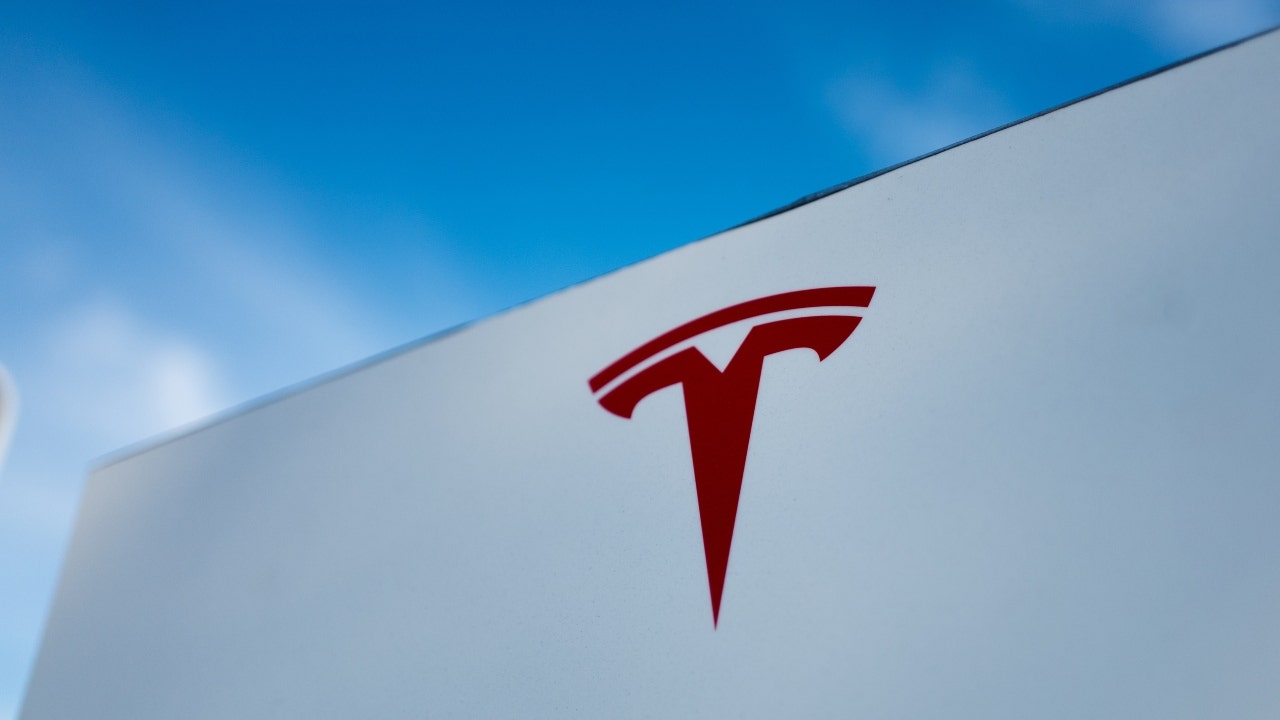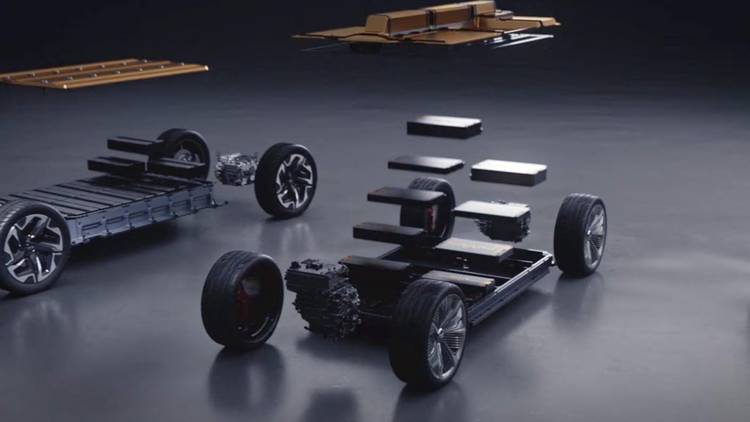Hey,
Not intended to start wild debate. I thought an interesting read of what the fire departments had to do to put it out.
We have to admit it takes far more resources at the same time the article (I'm not looking to verify stats gasoline fires are more common but a bear to get a lithium fire out.
There are many more gasoline vehicles on the road and greatly older too.
Im wondering, thinking, and expecting that I am not so sure if ever EV's get to a market saturation of lets say 25% vehicles on the road will these incidents greatly multiply?
I mean, is there really a way to prevent a damaged battery, either by getting dented or salt from the roadway makes it into a bad seal 100% secure. People damage their cars all the time.
Is the average American going to run and have their battery inspected every time they hit a curb, object in the road or drive down a road or through salt water, even fresh water?
So what will happen when there are 70+ million EV's out of 285 million vehicles on the road?
Maybe some type of self extinguish system to stop thermal runaway?

 www.foxbusiness.com
www.foxbusiness.com
Not intended to start wild debate. I thought an interesting read of what the fire departments had to do to put it out.
We have to admit it takes far more resources at the same time the article (I'm not looking to verify stats gasoline fires are more common but a bear to get a lithium fire out.
There are many more gasoline vehicles on the road and greatly older too.
Im wondering, thinking, and expecting that I am not so sure if ever EV's get to a market saturation of lets say 25% vehicles on the road will these incidents greatly multiply?
I mean, is there really a way to prevent a damaged battery, either by getting dented or salt from the roadway makes it into a bad seal 100% secure. People damage their cars all the time.
Is the average American going to run and have their battery inspected every time they hit a curb, object in the road or drive down a road or through salt water, even fresh water?
So what will happen when there are 70+ million EV's out of 285 million vehicles on the road?
Maybe some type of self extinguish system to stop thermal runaway?

Tesla battery catches fire in Illinois, shutting down highway for nearly 3 hours: Report
Bethalto, Illinois fire crews responded to Route 255 on Sunday afternoon after a Tesla battery reportedly caught fire and posed potential issues with hazardous materials.




